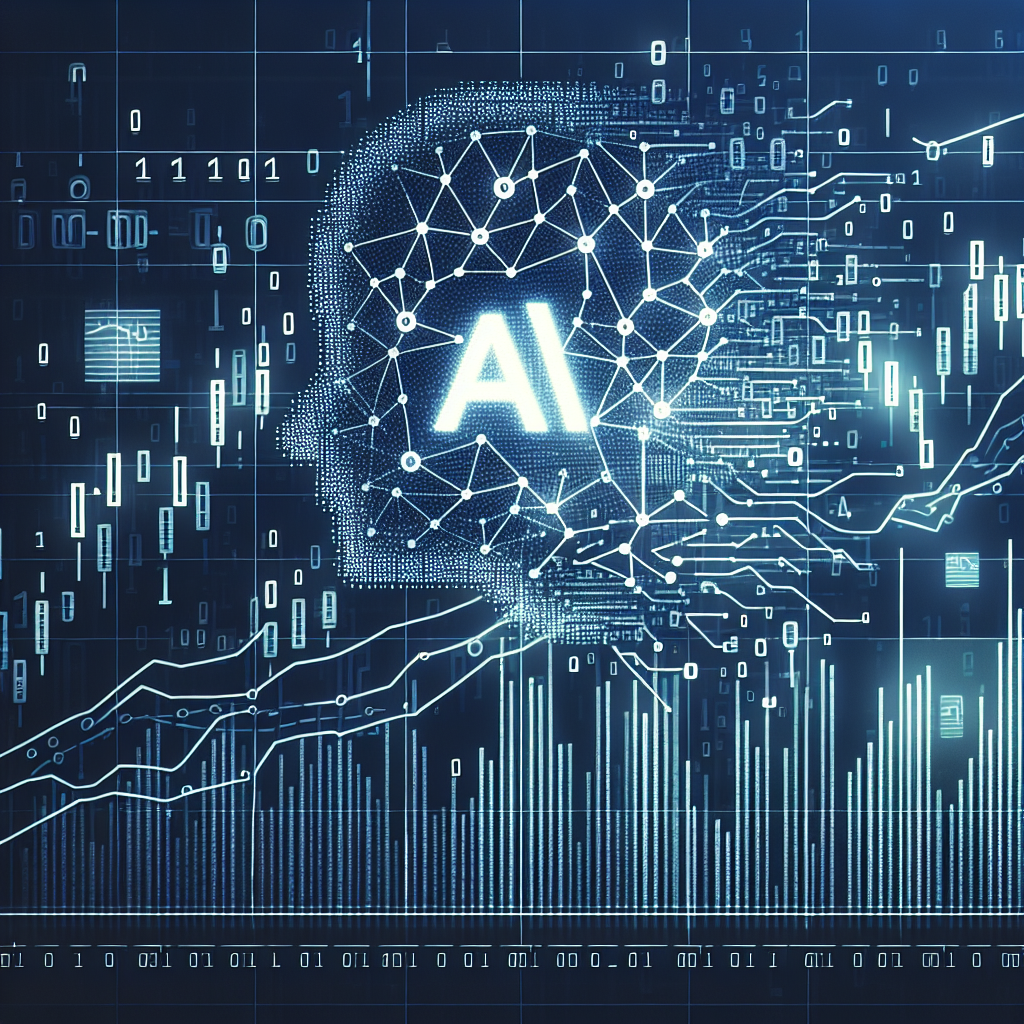Artificial Intelligence (AI) has revolutionized many industries, including finance. With the ability to analyze vast amounts of data and make predictions based on that data, AI has become a powerful tool for investment strategies. However, along with the benefits, there are also risks associated with using AI in finance.
One of the main risks of AI in finance is the potential for bias in the algorithms used. AI systems are only as good as the data they are trained on, and if that data is biased, the AI system will also be biased. This can lead to unfair outcomes for certain groups of people, such as minorities or low-income individuals. For example, if an AI system is trained on data that disproportionately represents one demographic group, it may make investment decisions that favor that group over others.
Another risk of AI in finance is the potential for errors in the algorithms used. AI systems are complex and can be difficult to understand, making it hard to identify and correct errors. This can lead to costly mistakes in investment strategies, such as making incorrect predictions or missing important trends in the market. Additionally, AI systems can be vulnerable to cyber attacks, which can compromise the security of financial data and lead to financial losses.
Furthermore, the use of AI in finance can also lead to a lack of human oversight. While AI systems can analyze data and make predictions quickly and efficiently, they lack the intuition and judgment that humans bring to the table. This can lead to investment decisions that are based solely on data and algorithms, without taking into account other important factors such as market conditions or geopolitical events.
Despite these risks, AI has the potential to significantly improve investment strategies in finance. By analyzing vast amounts of data quickly and accurately, AI can help investors make more informed decisions and identify trends that may not be apparent to human analysts. AI can also help investors manage risk more effectively by predicting potential market downturns or identifying opportunities for diversification.
To mitigate the risks of AI in finance, it is important for companies to carefully evaluate the algorithms and data used in their AI systems. Companies should also ensure that there is human oversight of AI systems to catch errors and biases before they impact investment decisions. Additionally, companies should invest in cybersecurity measures to protect their AI systems from cyber attacks.
In conclusion, while AI has the potential to revolutionize investment strategies in finance, there are also risks associated with its use. By carefully evaluating algorithms and data, ensuring human oversight, and investing in cybersecurity measures, companies can mitigate these risks and harness the power of AI to improve investment strategies.
FAQs
Q: How can bias in AI algorithms be mitigated in finance?
A: Bias in AI algorithms can be mitigated by carefully evaluating the data used to train the algorithms and ensuring that it is representative of all demographic groups. Companies should also regularly test and retrain their AI systems to identify and correct any biases that may exist.
Q: How can errors in AI algorithms be identified and corrected in finance?
A: Errors in AI algorithms can be identified and corrected by implementing rigorous testing procedures and ensuring that there is human oversight of AI systems. Companies should also invest in tools and technologies that can help detect errors in algorithms and correct them before they impact investment decisions.
Q: How can companies protect their AI systems from cyber attacks in finance?
A: Companies can protect their AI systems from cyber attacks by implementing strong cybersecurity measures, such as encryption and firewalls. Companies should also regularly update their AI systems and monitor them for any suspicious activity that may indicate a cyber attack.

